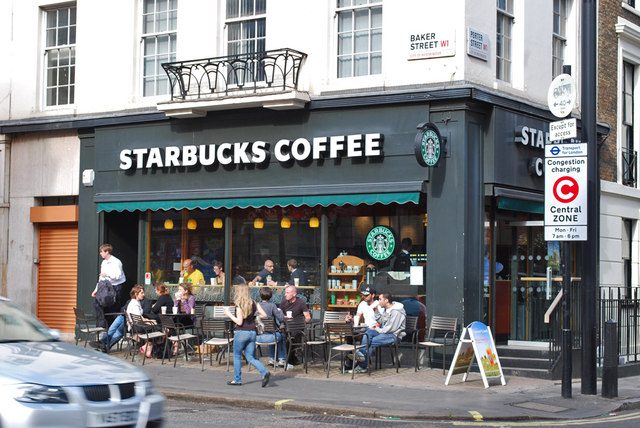I’ve travelled a lot, it’s a big part of my role here at Millennium.
Every year, I travel to different countries all over the world, visiting our clients, team members and forwarding partners. I love travelling. Meeting new people, experiencing different cultures and exploring new places. And I love how no two countries are the same.
But there’s one thing that used to always surprise me. No matter where I went, from China and Singapore to Qatar, The Netherlands or Belgium. Every single one had a Starbucks. Now, I’m not a big coffee drinker – I prefer a beer in the local pub while I’m watching the footie. But this worldwide domination caught my attention. How did Starbucks manage to take something as commoditised and basic as coffee, and build it into such a strong worldwide brand?
Starbucks started out as a small coffee company with a couple of cafes in Seattle, USA. But Howard Schultz thought it could be so much more. After spending time in Italy, he noticed how coffee shops were not just places to buy a quick coffee, but instead a social hub. People came for the experience, not just the coffee. He shared his ideas with the owners of Starbucks, but they weren’t sold. A few years passed, Howard founded his own coffee shops, Il Giornale, before coming back to Starbucks in 1987 and buying the brand for $3.8 million dollars. Over the coming years, Howard worked hard to build the Starbucks that many of us know and love today. By focusing on the customer experience, rather than just the product, he was able to create a place where people came to enjoy more than just good coffee, but good people, comfort and a community.This experience-focused approach not only attracted more people to the stores, but allowed Howard to charge a premium price for something that was otherwise a commodity – I mean, who would have thought you could charge over 5 quid for a cup of coffee?
Fast forward a few decades, and Starbucks is not only a household name, but it has cafes in 86 countries around the world and an almost cult-like following. Why am I telling you this? Well in freight, and for many of you reading this who are in other industries, our service is also a little commoditised. Everyone wants the cheapest option when it comes to moving their goods around the world. But at Millennium, we’ve built our brand a little like Starbucks – on customer service and experience. Yes, we will find you the cheapest freight rates and the best routes. But we’ll also give you a good customer experience, a personalised service and build a relationship with you that ensures you always get the best solutions for your unique needs. We might not be as big as Starbucks, but this experience-focused approach has allowed us to compete against the big boys in a fiercely competitive market. You could learn from Starbucks (and Millennium!) too.
Are you fighting for attention in a commoditised market? Are you always competing on price? How could you change your offering to create a more experience-focused offering?
Give it some thought and let me know… I’d love to hear your ideas…

